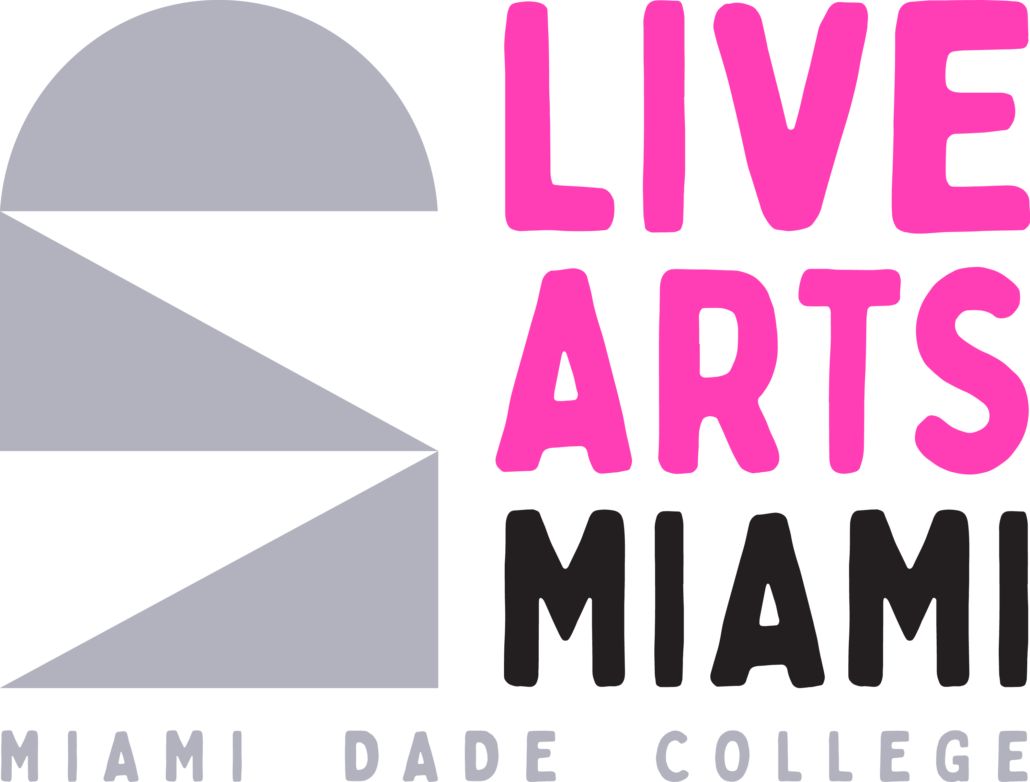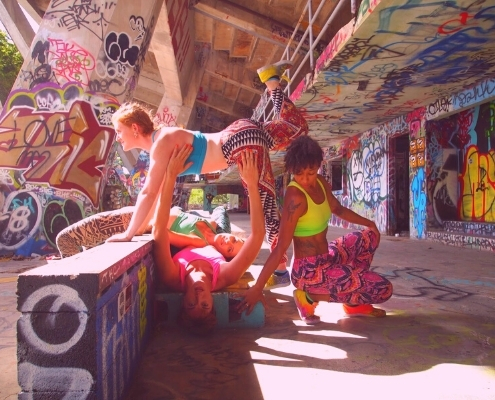Hello, 2020! This is Art in Public Spaces
Large groups of people weave in and out of a shared promenade, gathering at a choreographed location. They are artists and content producers, marketers, and social media experts, cultural workers, and concerned citizens -a mass of accumulated skill and raw emotional power poised to participate in the powerful production that lay ahead. The time to start the public act has officially arrived. Colorful signs; impromptu chants and rhythmic drumming; the sounds of collective prayer, megaphone melodies, and fleeting jazz-like improvisations. All this and more accompanied the sea of folks gathered for this public protest.
Hello, 2020! This is Art in public spaces, a performance-protest for our day and age. Art born at the perilous intersection of the social and the political, the personal and the historical. Art forged in the fires of a world in crisis.
It’s no wonder artists (by which I mean, all people) would feel an irresistible, almost magnetic, pull to collaborate and create a response to the places they care about and inhabit. Some call it site-specificity, installation work; others call it earth art, happenings, or performance-protests. All of it is art in public spaces.
This is art in public spaces. A performance-protest for our day and age.
Art born at the perilous intersection of the social and the political,
the personal and the historical. Art forged in the fires of a world in crisis.
One of my all-time favorite artists for the people is David Hammons, who constructed an ephemeral sculpture titled Higher Goals. The work was built on-site in Brooklyn’s Cadman Plaza Park. Consisting of five bottle cap-studded telephone poles, mounted at the top of each pole was a basketball backboard (also covered with bottle caps) complete with hoop and net.
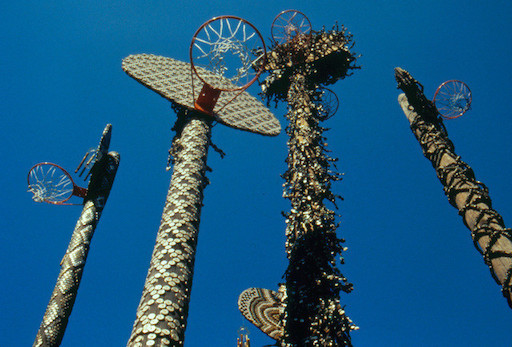
David Hammons. “Higher Goals,” 1986. Photo: Pinkney Herbert/Jennifer Secor.
Another important public art piece that always comes to mind is Keith Haring’s Crack is Wack mural in Harlem 1986. Still to this day the piece stands in its original location and speaks to continued trauma, loss, and systematic racism within our country.
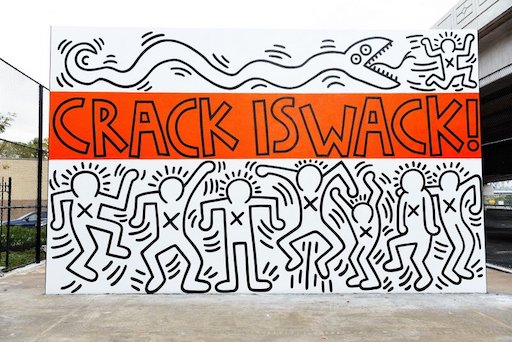
Restored “Crack is Wack” mural by Keith Haring. Photo: NYC Parks
A response to Harlem’s changing landscape, Ebony Noelle Golden’s marathon of a piece 125th and Freedom- 2019 stretches from the East River to the Hudson River in Harlem, inviting anyone in its path to join the procession. This piece pushes the boundaries of public performance in its five-hour, immersive dance piece that is part dance party, part protest, and ritual performance.

Ebony Noelle Golden, “125th and Freedom” Photo: Julieta Cervantes for The New York Times
If I’m going to build this love poem to Harlem, and to places that are dealing with this rapid change, I need to be in public. This is a political choice for me as an artist, because I see the concert stage as a safe space: a curated, manicured space. You get in, do the thing, get out. -Ebony Noelle Golden for the New York Times
Another artist I would like to draw attention to is Tiffany Smith. A Miami native and visual artist who uses photography, video, and installation to create conceptually based work focused on identity, cultural ambiguity, and representation; particularly within minority communities. She has created a traveling gallery/photo studio that holds space and empowers people of color at these events with personalized portraits that capture their majesty.

Tiffany Smith “Study 2C” © 2014
Here in Miami, we have had some notable public artworks over the years, such as Christo and Jeanne Claude’s enigmatic environmental art installation, Surrounded Islands, which circumscribed the Biscayne Bay archipelago with a border of floating pink fabric so massive it was visible for miles.

Christo and Jeanne-Claude “Surrounded Islands” -Biscayne Bay, Greater Miami, Florida, 1980-83 Photo: Wolfgang Volz © 1983 Christo
In another great example of Miami’s long and storied legacy of engagement with great works of public art, many of us have also walked, even taken a selfie or two, under the shade of the rainbow-like canopy of The Umbrella Sky, the famous, site-specific installation by Brazillian collective Sextafiera.
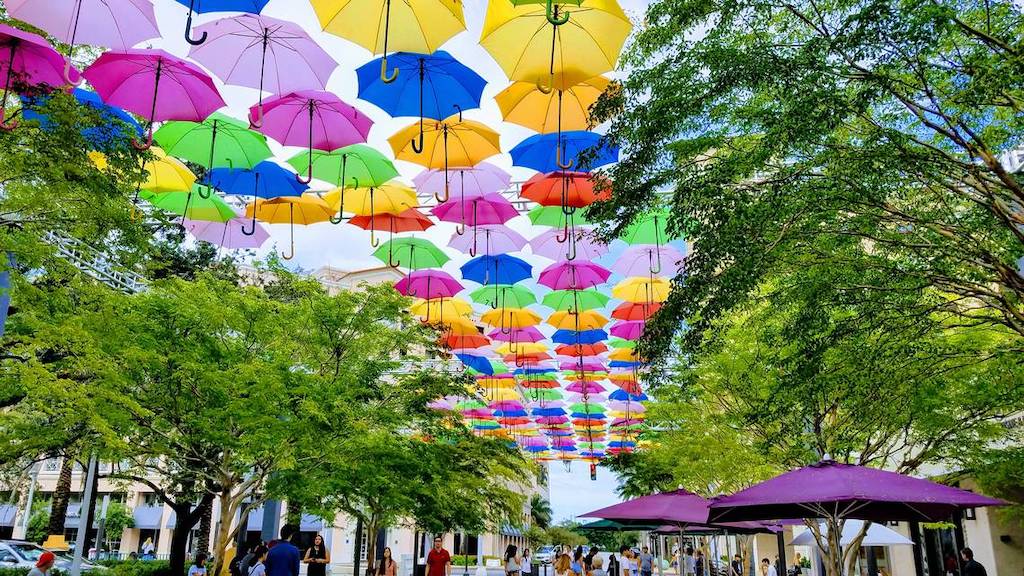
Sextafiera. “The Umbrella Sky” -Coral Gables, Miami 2018.
In many ways, the moment we are currently in reminds me of the student-led protest movements of the 1960s: the civil rights movement, antiwar demonstrations, the fight for women’s rights, gay rights, and the environmental movement. Out of these movements, street theater developed, along with performances with a more social and political focus.
Of course, I would be careless not to mention that during these turbulent times some demographics enjoyed the privilege to hone their craft, develop disciplines and techniques, and capitalize on the wealth of real estate, access, and performance opportunities… while others were literally fighting for their lives.
Sound familiar? Hello, 2020!
That ‘theater is dead’ is something that has been said for decades, and I do believe we are witnessing the funeral procession of this institution, but it isn’t the Theater itself we should mourn. The procession is for theater’s most outdated and elitist modes: the space, the politics, the curation, and the “classic,” irrelevant, and often questionable narratives that are now withering away with the old world they represent.
A process of RE-remembering and reactivation of community spaces, storytelling traditions, spiritual investigation, and strategic planning is emerging for many artists during these times. We are also witnessing the transformation of spaces like the Internet, chat rooms, social media platforms, natural spaces, and even our own homes into the new “theater space” for many art platforms.
That ‘theater is dead’ is something that has been said for decades, and I do believe we are witnessing the funeral procession of this institution, but it isn’t the Theater itself we should mourn.
Public art is becoming more public and more accessible than ever, its reach radically expanded beyond the usual geographical limits to an increasingly global audience. Within this context, the human lineage of storytellers and mystics, musicians and astrologers, dancers and poets, herbalists and painters, is again ready to rise up, poised to shape public discourse and radically transform how we relate to each other.
Of course, like anything that starts out with good intentions, this process can easily be manipulated and public art used as a prop for capitalism and other systems of oppression. The use of the arts in city programming complicates understandings of gentrification, urban-regeneration, and the official sanction and approval processes that constitute what we think of as public art. As cultural movers and change-makers, artists have always been easy bait for unscrupulous developers seeking out inexpensive areas in which to “invest.”
Take the Wynwood neighborhood, for example, once a decimated migrant neighborhood and Miami’s old textile district. It’s now world-famous graffiti and street art lacked official public sanction until Goldman bought up surrounding properties and created a spectacle for tourists.
Unable to keep up with the rising rent, bloated cost of goods and high-end shops, and the hordes of tourists that began to descend on the neighborhood by the bus-load, many artists and tenants were also pushed out or displaced in this public farce of ‘revitalization.’
Some call it site-specificity, installation work; others call it earth art, happenings, or performance-protests. All of it is art in public spaces.
I believe Art in public spaces has the power to engage, transform, and encourage compassion for each other through shared experiences and emotions. When we enter any space ethically and consider its history, changing landscapes, and present community we are recognizing the collective “public art world” that has all the sounds, movements, and images for us to be in alliance with community and nature.
We are witnessing a global public art piece towards liberation, destruction, and rebirth. Hello, 2020!

Hattie Mae Williams, “Culture Concrete” Photo courtesy Malvin Magri. Miami 2014.
Hattie Mae Williams is a 2020 MDC LALA Artist in Residence.
Click here to watch “Culture Concrete,” the artist’s site-specific film and performance in the historic Miami Marine Stadium, and here for more of her guerilla-style public performances held at various locations throughout Miami.
“Culture Concrete” was produced and choreographed by Hattie Mae Williams. Director of Photography and musical score: Christian Salazar/Datamouth.
